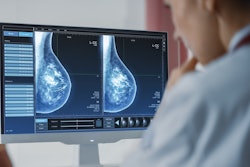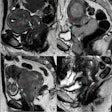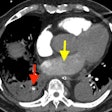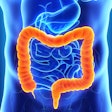More in Home
EUSOBI puts focus on assisted reproductive technologies
October 10, 2025
Will AI lead to merger of radiology and pathology?
October 9, 2025
U.K. newspaper exposes scandal of European radiologist
October 9, 2025
Coroner investigates patient death after ID check failure
October 7, 2025
Momentum builds for MRI staging of cervical cancer
October 7, 2025
Stay sharp to avoid pitfalls of emergency imaging in elderly
October 6, 2025
MRI finds brain shape changes may be linked to dementia
October 6, 2025
Female authors remain underrepresented in radiology journals
October 6, 2025
Support grows for 5-year CTC screening interval
October 3, 2025
French radiology goes ahead with strike action
October 1, 2025
Page 1 of 60
Next Page




















